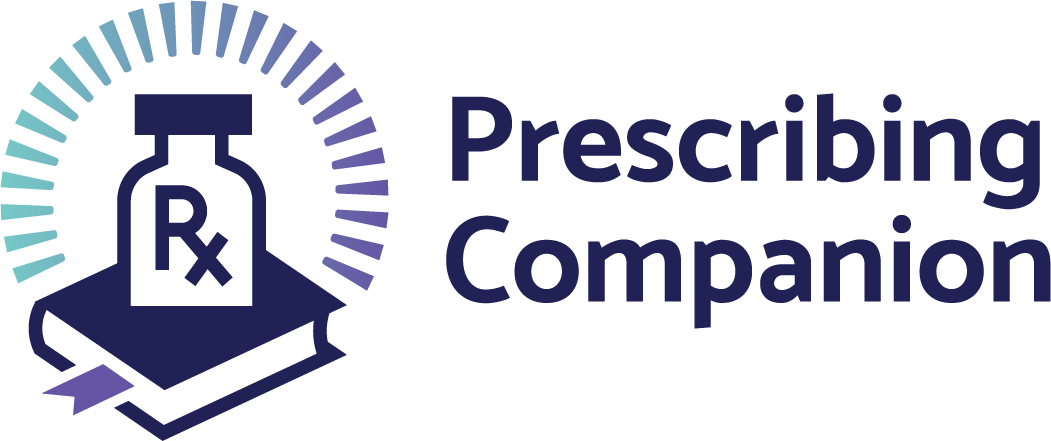Description
Neonates are particularly susceptible to bacterial sepsis. The highest incidence being in the very low birth weight infants.
Early-onset sepsis
• < 72 hours after birth
• Results from vertical exposure to bacteria before and during birth
Late-onset sepsis
• > 72 hours after birth
• Mostly from organisms acquired by nosocomial transmission
• May also be caused by community acquired organisms
Risk factors
Early-onset sepsis
• Preterm infant
• Prolonged rupture of membranes > 18 hours
• Maternal fever in labour (>38 C)
• Chorioamnionitis
• Maternal colonization with Group B Streptococcus
Late-onset sepsis
• Preterm infant
• Indwelling catheters or tracheal tube
• Prolonged antibiotics
• Damage to skin
Signs and Symptoms
• Usually, non-specific
• Altered behaviour or responsiveness
• Apnoea and bradycardia
• Respiratory distress – increase in oxygen requirement/respiratory support
• Poor feeding, poor suck, vomiting, abdominal distension
• Hypoglycaemia or hyperglycaemia
• Fever, hypothermia, or temperature instability
• Cyanosis or poor colour
• Poor perfusion (CRT>3sec; mottling)
• Hypotension
• Tachycardia
• Circulatory collapse or shock
• Irritability, inactivity, lethargy
• Seizures
• Hypotonia
• Jaundice
• Rash
• Meningitis
• Tense or bulging fontanelle
• Head retraction (Opisthotonus)
Investigations
• Full Blood count
• C-reactive protein
• Blood culture
• Lumbar puncture – if blood culture positive or clinical features of meningitis
• CXR – if indicated
• Tracheal aspirate
• Coagulation screen
• Blood gas
• Placental tissue culture and histopathology
Interpretation of laboratory investigations
Features suggestive of sepsis
• Neutropenia or neutrophilia
• Increased ratio of immature(bands): total neutrophils
• Thrombocytopaenia
• Positive blood culture
• Raised CRP (>10 mg/L)
Treatment
• Supportive care
• Start antibiotics – antibiotic choice depends on local incidence, practice and antibiogram
Duration of Antibiotics
• Blood culture negative, CRP remains normal and no clinical signs of infection – Stop antibiotics at 36-48
hours
• Blood culture negative but CRP raised – treat as infected
• Blood culture positive – treat until clinical improvement and CRP has returned to normal (7-10 days)
• Meningitis – 14-21 days
Antibiotic policy for suspected sepsis
Antibiotics policy is determined by considering the organism known to have caused infection in the neonatal unit/nursery in the last 6 months. This policy should be regularly reviewed and revised as necessary. A disciplined and consistent approach to antibiotic usage is necessary to provide optimal broad-spectrum cover in suspected sepsis and to limit the emergence of resistant organisms in areas of high usage.
Proposed antibiotics
• Decide according to unit cultures and sensitivities
• Early onset sepsis (< 72hrs of age): Benzyl Penicillin and Gentamicin
o Benzyl Penicillin IV 50, 000 U/kg/dose twice a day, increased if necessary to 50, 000 U/kg/dose every
8 hours
AND
o Gentamicin IV 5 mg/kg every 24 hours.
• Late onset sepsis (> 72hrs of age):
o First line: Benzyl Penicillin IV 50, 000 U/kg/dose twice a day, increased if necessary to 50, 000 U/kg/
dose every 8 hours
OR
Cloxacillin IV 50 mg/kg every 12 hours
PLUS
Gentamicin IV 5 mg/kg every 24 hours.
o Second line Antibiotics: Cefotaxime IV 25mg/kg every 12 hours
PLUS
Cloxacillin IV 50 mg/kg every 12 hours
OR
Ciprofloxacin IV 15 mg/kg loading dose then 7.5 mg/kg 1 hourly.
o Third line: Should be guided by blood culture report
Once started, the duration of treatment should be tailored to clinical circumstances. If cultures come back to normal, laboratory indices are normal and the patient no longer shows signs of sepsis, stop antibiotics after 36– 48 hours.In the absence of proven sepsis there is no place for “a course” of prophylactic antibiotics.
Criteria for Commencing Antibiotics in a Baby with Risk of Having an Early Onset Infection
1. Absolute indication for empiric antibiotic treatment
• Maternal invasive bacterial infection requiring antibiotics (eg: septicaemia) – suspected or confirmed (NB: Not prophylaxis)
• Confirmed or suspected infection in twin
• Respiratory distress starting more than 4 hrs after birth
• Mechanical ventilation in a term baby
• Seizures
• Signs of shock
• Home delivery
2. Start antibiotics if two or more are present of:
Antenatal
• Preterm birth following spontaneous labour <37 weeks or Prelabour ROM
• ROM ≥18 hours
• Maternal fever ≥ 38ºC or chorioamnionitis
Postnatal
• Altered behaviour/tone/responsiveness
• Feeding difficulties (e.g. Poor feeding in a term baby) or intolerance
• Respiratory distress
• Apnoea
• Abnormal heart rate (bradycardia or tachycardia)
• Altered glucose homeostasis (hypo/hyperglycaemia)
• Metabolic acidosis
• Temperature abnormality >38º or < 36º not explained by environmental factors
If only one risk factor is present, consider observation for 24 hrs
